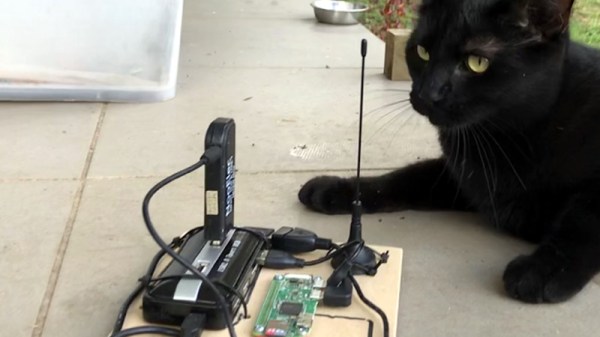VoIP cameras, DVRs, and other devices running the Web Services Dynamic Discovery (WSDD) protocol are being used in a new type of DDoS attack. This isn’t the first time a zeroconf service has been hijacked as part of a DDoS, as UPnP has also been abused in similar ways.
Feel like alphabet soup yet? A Denial of Service attack is one where the target is simply made unavailable, rather than actually compromised. The classic example of this is the SYN flood, where an attacker would open hundreds of connections to a web server at once, exhausting the server’s resources and interrupting legitimate use of that server. As mitigations for these attacks were developed (SYN Cookies, for example), DoS attacks were replaced by Distributed Denial of Service (DDOS) attacks. Rather than attack a weakness on the target machine, like available RAM or CPU cycles, a DDoS generally targets available network bandwidth by hitting the target website from many, many locations at once. No clever software tricks can help when your Internet connection is fully saturated with junk traffic. Continue reading “This Week In Security: Zeroconf Strikes Again, Lastpass Leaks Your Last Password, And All Your Data Is Belong To Us”












